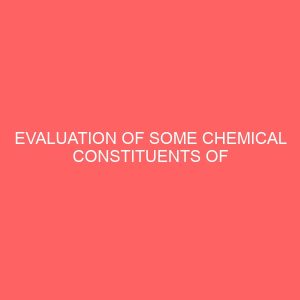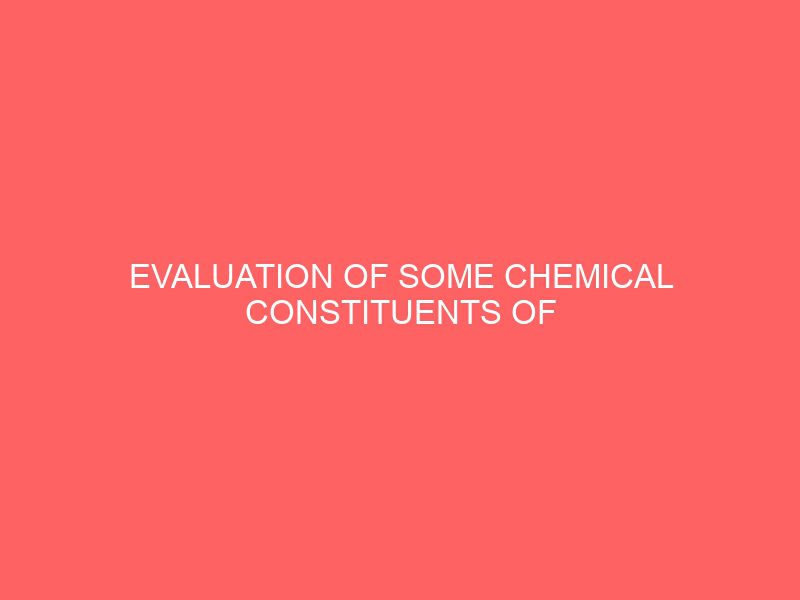Description
Abstract
This research work examined and compares the physicochemical properties and some chemical constituents of selected energy drinks. Fourteen (14) brands of energy drinks samples consisting eleven (11) liquid and three (3) powdered forms were randomly purchased. All samples were analyzed for their physicochemical properties (pH, turbidity, conductivity and total dissolved solids), trace and heavy metals, aspartame, sugar and caffeine contents. Results showed that the physicochemical properties (i.e. pH, turbidity, conductivity and total dissolved solids) ranged from 4.47 ± 0.012 – 5.96 ± 0.012, 8 ± 0.577
592 ± 1.155 NTU, 2.21 ± 0.006 1975 ± 1.732 µs/cm, and 243 ± 0.577 1064 ± 0.577 mg/L respectively. Energy drinks analyzed all fell within the FDA recommended range for the physicochemical properties analyzed. Iron, calcium, zinc and potassium were found in all the energy drinks and their concentration ranged from 1.961 ± 0.0003 – 0.294 ± 0.0005 mg/L, 2.763 ± 0.0009 – 19.310 ± 0.0015 mg/L, 0.045 ± 0.0001 – 13.887 ± 0.0037 mg/L, and 2.0 to 2500 mg/L respectively. The copper, lead and manganese concentration of energy drinks ranged from 0.002 ± 0.0002 – 0.102 ± 0.0003 mg/L, 0.028 ± 0.0006 – 0.209
± 0.0009 mg/L and 0.003 ± 0.0001 – 0.024 ± 0.0002 mg/L respectively. The concentration of copper and manganese were below the MCL of 1.0 mg/L and 0.05 mg/L respectively while lead had a concentration above the MCL of 0.01 mg/L. Cadmium was not detected in all energy drinks except for sample EJ which had a concentration of 0.102 ± 0.0003 mg/L and exceeded the MCL of 0.005 mg/L. The caffeine, aspartame and sugar concentrations ranged from 1.11 mg/L 2487.13 mg/L, 6.51 mg/L 1491.19 mg/L, and 16.98 1686.73 mg/L respectively. Caffeine and aspartame concentrations in all the energy drink samples were below the FDA set standard of 400 mg/L and 3000 mg/L respectively except for sample AL which had a concentration above the set standard for
caffeine. Though the analyzed parameters were mostly below the set standards, especially caffeine, aspartame and sugar, it is important that the pattern of consumption of these drinks must be monitored to minimize ingestion of excess doses of harmful substances to prevent the reported adverse effects.







